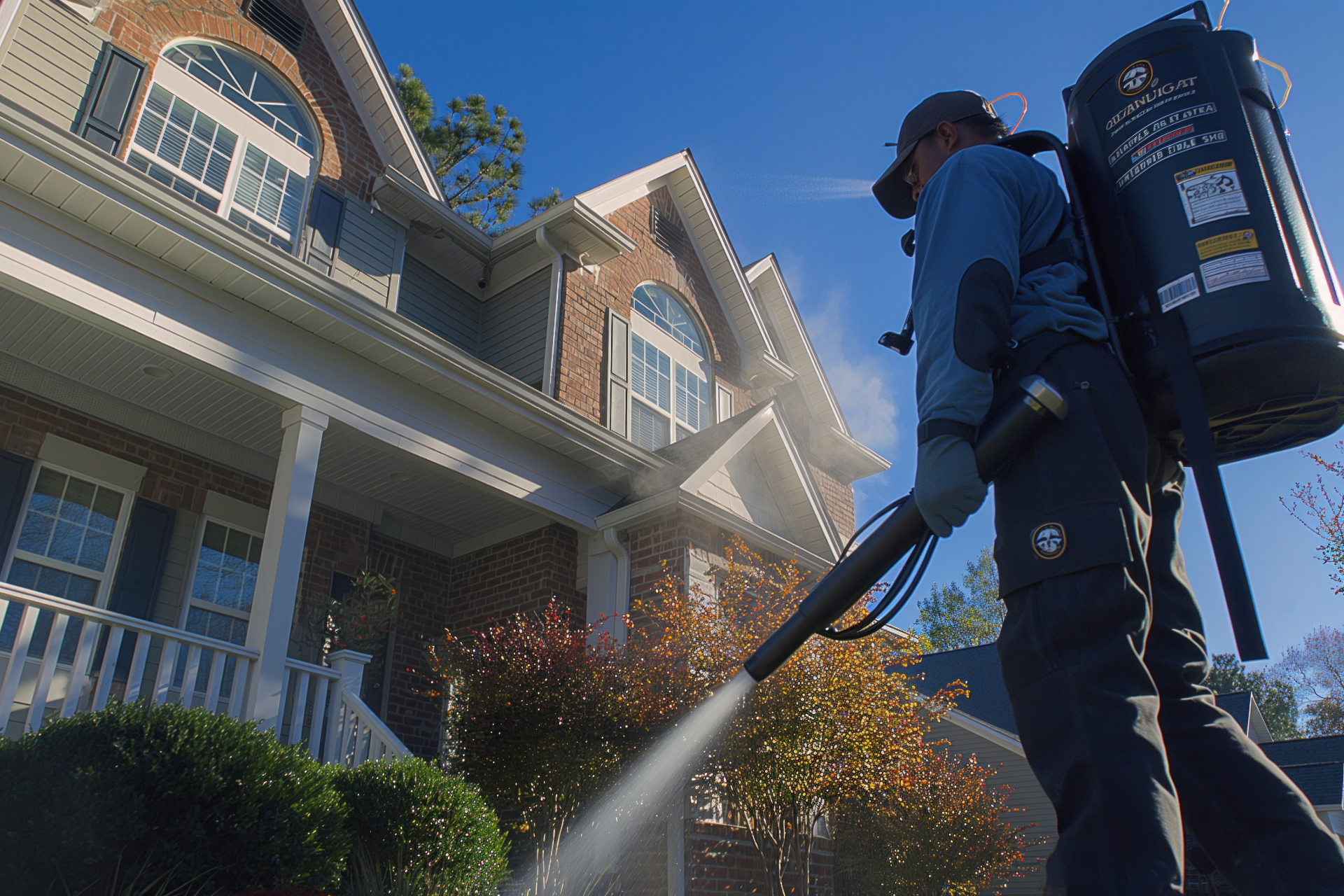January’s Unwanted Guests: A Closer Look at Stored Product Pests
Understanding Stored Product Pests: An Overview
Stored product pests, also known as pantry pests, are a group of insects that infest stored food products, causing significant economic losses and health risks. These pests include a variety of beetles, weevils, and moths that can infest a wide range of stored products, including grains, nuts, dried fruits, spices, and processed foods. According to the United States Department of Agriculture, stored product pests are responsible for destroying up to 10% of the world’s food supply annually.
These pests are not only a nuisance but also a threat to public health. They can contaminate food with their feces, urine, and body parts, leading to foodborne illnesses. Moreover, some of these pests, like the Indian Meal Moth, can produce allergens that can cause allergic reactions in sensitive individuals. “Stored product pests are a serious issue that should not be taken lightly,” warns Dr. James Campbell, a research entomologist at the USDA’s Agricultural Research Service.
Stored product pests have a unique life cycle that allows them to thrive in stored food products. The female insects lay their eggs directly on the food product, and the larvae then feed on the product until they reach maturity. This life cycle allows these pests to multiply rapidly and infest large quantities of food in a short period.
Despite their small size, stored product pests can cause significant damage. They can chew through packaging materials, making them ineffective as a barrier against further infestation. Moreover, their presence can lead to the rejection of food shipments, causing significant economic losses for businesses.
January’s Unwanted Guests: Why Stored Product Pests Thrive in Winter
January is a prime time for stored product pests, particularly in the Atlanta area. After the holiday season, many people put unused goods back into their pantry, unknowingly creating a perfect environment for these pests. The cold winter weather drives these pests indoors, where they find a warm, food-rich environment in our pantries.
Stored product pests thrive in winter because they prefer the stable temperatures and humidity levels found indoors. “In the wild, these pests are subject to the whims of the weather, but in our homes, they find a stable environment that allows them to reproduce year-round,” explains Dr. Campbell.
Moreover, the holiday season often leads to an abundance of food in our pantries. We stock up on baking ingredients, snacks, and other food items for holiday meals and parties. However, any food that is not properly stored can become a breeding ground for these pests.
Finally, the winter months often mean less frequent cleaning and less vigilance. We may not notice a small infestation in our pantry until it has become a major problem. By then, the pests have had plenty of time to multiply and spread throughout our stored food products.
Identifying Common Stored Product Pests: From Weevils to Moths
There are several types of stored product pests, but some are more common than others. In the Atlanta area, the most common stored product pest is the Indian Meal Moth. These moths are small, with a wingspan of about 3/4 inch, and have a distinctive coppery color on the outer part of their wings.
Weevils are another common stored product pest. These small beetles are known for their long snouts and their ability to infest a wide range of stored products, including grains, nuts, and dried fruits. There are several species of weevils, but the most common are the rice weevil and the granary weevil.
Other common stored product pests include the sawtoothed grain beetle, the cigarette beetle, and the drugstore beetle. These beetles are small and brown, with bodies that are flat and elongated. They can infest a wide range of stored products, including grains, spices, and processed foods.
Effective Strategies for Preventing and Controlling Stored Product Pests
Preventing and controlling stored product pests requires a combination of good sanitation practices, proper storage techniques, and targeted pest control measures. “The key to controlling stored product pests is to prevent them from getting into your food in the first place,” says Dr. Campbell.
Good sanitation practices are essential for preventing infestations. This includes regularly cleaning your pantry and other food storage areas, promptly cleaning up any spilled food, and regularly inspecting your stored food for signs of infestation.
Proper storage techniques can also help prevent infestations. This includes storing food in airtight containers made of glass, metal, or heavy-duty plastic. These materials are more difficult for pests to chew through than paper or cardboard packaging.
If an infestation does occur, it’s important to act quickly to prevent it from spreading. This includes discarding any infested food, thoroughly cleaning the affected area, and using targeted pest control measures, such as insecticide sprays or pheromone traps.
In conclusion, stored product pests are a serious issue that can cause significant economic losses and health risks. However, with good sanitation practices, proper storage techniques, and targeted pest control measures, it’s possible to prevent and control these unwanted guests.





